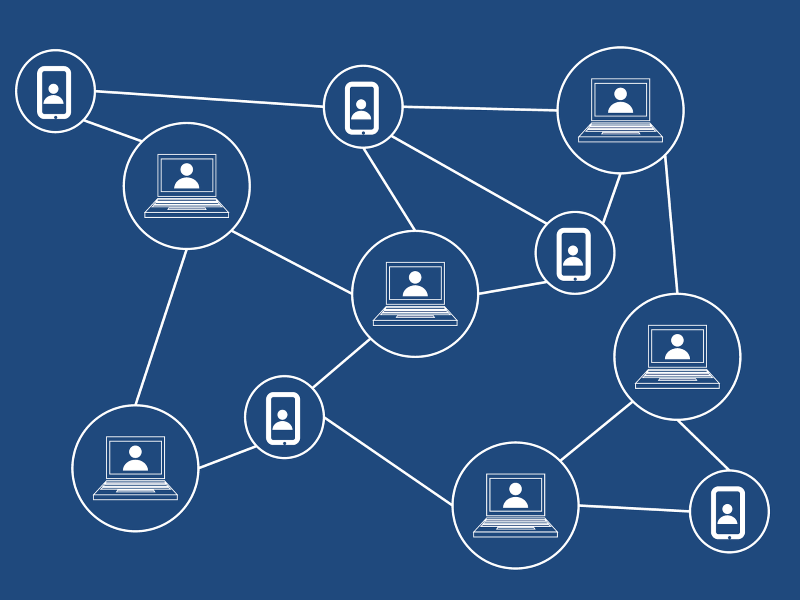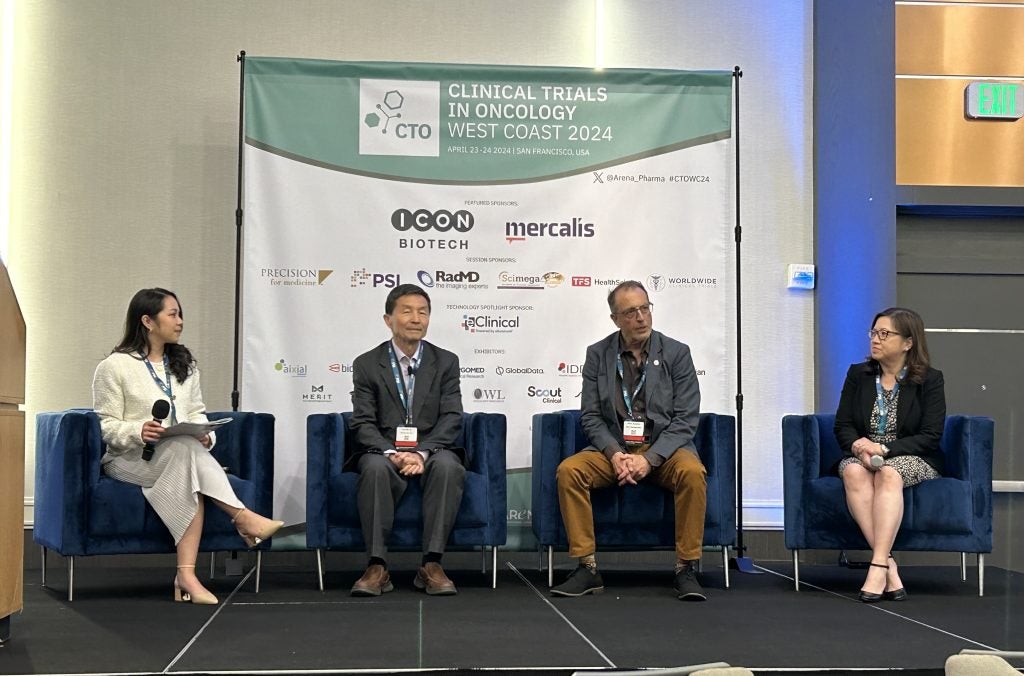
The costs of running clinical studies combined with resources used in the global drug development is estimated to be great than $350bn per year, based on a report made by ClinicalTrials.gov.
Currently, it’s not only the cost of running clinical trials that is astronomically prohibitive; the logistic challenges are also numerous, such as patient recruitment and retention, incomplete or incomprehensible data, and delays that can add an average of close to a year to each clinical trial. It is no secret that a vast amount of money and resource is wasted on misuse, duplications, systematic failures, needless repetitions, inadequate communications, and flat-out inefficiency
The internet and digital revolution began more than three decades ago, and other industries have already benefitted greatly by improving operating efficiency. Meanwhile, clinical trial processes have significantly lagged behind. Lately, other industries such as financial, real estate, and the consumable supply chain have already taken a leap forward by adopting blockchain technologies, and have seen a greater reduction in cost and increase in operating efficiency.
Clinical trials have many stages, and many different places where they could be better optimised. To understand the overall picture and its challenges, below is a brief review on how a standard clinical trial flow works and how blockchain technologies could provide a much-needed solution.
Blockchain applications through all trial phases
Phase I of a clinical trial usually only lasts for a few months and is designed to assess the safety of the drug and to examine whether it has any acute toxicity. Phase I trials usually consist of a small number of healthy paid volunteers.
How well do you really know your competitors?
Access the most comprehensive Company Profiles on the market, powered by GlobalData. Save hours of research. Gain competitive edge.

Thank you!
Your download email will arrive shortly
Not ready to buy yet? Download a free sample
We are confident about the unique quality of our Company Profiles. However, we want you to make the most beneficial decision for your business, so we offer a free sample that you can download by submitting the below form
By GlobalDataThis is also where the drug is measured on how it is absorbed, metabolised, and excreted in the patient subjects. Any acute side effects during this phase are also examined and documented. Approximately 70% of drugs tested do end up passing this phase of the study. The common issues at this phase that could be addressed by blockchain are related to patient recruitment and retention, clinical and patient data management/analysis, and payment portals.
The next phase of a clinical trial is designed to test a drug’s efficacy, and the time of study could range from months to a couple of years. Phase II studies are generally done in a randomised fashion, with one group of patients receiving the drug and the other receiving a placebo. In addition, these studies are completed in such way that neither the participants nor the researchers know who is receiving the drug, which is referred to as a “blinded” study. The success rate for passing this phase is around one third for drugs in trial.
The value proposition for implementing blockchain data management during this phase would be for aspects such as enhanced patient retention, efficient data management/analysis, enforcing data integrity and reducing human error.
Generally speaking, Phase III is considered to be the most expensive and scrutinised testing phase, and usually takes several years to conclude. This phase could include several hundred to several thousand patients depending on the disease, and is often conducted at multiple sites around the world. At the end of this phase, the drug’s effectiveness to the disease interest should be conclusive, and around 70% of drugs that made it into Phase III end up passing this phase. The budget for this phase is the largest among all phases due to the numbers of participants needed to enable significant statistical analysis of the drug’s effectiveness.
Due to the large size of patient participants and the increase in stakeholder numbers worldwide during this phase, the frictions that exist can require a large amount of time and money to overcome. A blockchain database could reduce friction in components such as data tracking and analysis, patient recruitment and retention, central laboratory management, investigator site management, data integrity checks and payment portals.
Phase IV is when a drug has received regulatory approval to release to the public for use, and generally entails the monitoring of its longer-term impacts on the following: quality of life, negative health effects, and drug-to-drug interactions. The drug is allowed for continual use as originally intended if no problems arise. If a problem does surface, the drug then would be taken off the market and re-evaluated.
Due to this phase’s immense patient population reach, the current data tracking and reporting is severely limited in its consistency and accuracy. Implementing a blockchain database could overcome many of the above-mentioned problems. Primarily, the blockchain comes equipped with its core database capabilities, providing data tracking and management that will surpass existing systems in terms of efficiency and immutability.
Data management and patient recruitment
Numerous progressive database solution providers for clinical trials have already adopted the blockchain database architecture. The overall clinical trial spend in all trial phases is high and very lucrative for vendors, so the database solution providers are competing to address existing procedural and infrastructural weaknesses in clinical trials. This is all being done in as competitors attempt to be the first to claim leadership and reap the rewards of this emerging area.
Specifically, blockchain technology can be used to address some of the following key areas. Firstly, the system can track every record and exchange of clinical information across multiple platforms and devices in a secure manner, affirming clinical data security. Secondly, the FDA review process requires the sponsor to turn over the clinical trial data that are trustworthy with appropriate written handling procedure in place to demonstrate its immutability. The blockchain database is known to be an immutable transactional ledger system that has intrinsic proof for retaining its utmost recording data integrity.
Blockchain technology can keep track of every change, such as its content, people, and time of modification – details that could be crucial during clinical trials. All the historical data will be created, made, and kept trackable with multiple copies being stored and shared in various pre-determined stake holders’ computers. It allows exchange of data between laptops, smart phones, computers, servers, and internet-connected instruments and equipment, without having to reply on email or other unsecured methods. This flexibility in its database interoperability also allows the data to remain secure.
Patient recruitment and retention is often a major hurdle for running clinical trials. Currently, patient recruitment is done by using hospitals, doctors, message boards, websites, advertisements, and more to find candidates.
Blockchain has the potential to empower people to possess and manage their own health data, which contains all steps taken to track and assess patients’ health history. Equipped with secure and immutable health data in their own hands, patients are able to voluntarily share them at will. Patient recruiters could then help sponsors to efficiently identify and select fitting candidates for clinical trial enrolment.
Furthermore, when patients’ health data is stored in a blockchain, it could allow personal control over data in accordance with privacy regulations, anonymising personal information for any secondary research use, time-stamped data transactions for audit trials, and electronic health record (EHR) integration with blockchain-backed transmissions. It’s all about compiling data and using it for the greater good.
Combining blockchain with ML and AI
In the presence of an immutable database with built-in trust, it is safe to apply deep data mining algorithms combined with artificial intelligence (AI)-infused data investigations to help clinical trials find the best sites, participants, and protocols to help their trial succeed.
By building a blockchain database architecture based on hyper-ledger, AI and machine learning (ML) can be applied to farm the immutable database intelligently and reliably. This effectively utilises the power of modern computational power and internet connectivity to accurately farm and interpret stored trial data. This helps researchers to harness the clinical trial data with tremendous efficiency.
ML can be initially applied to the human intelligence obtained from past trials, historical clinical trial data, medical journals, regulations, and best practices data stored on the blockchain. Further applications of algorithms constructed to apply AI-based predictions for site investigations, patient recruitment and retention, risk-based monitoring, and data visualization will help to make the best recommendations in real time. By doing applying these technologies correctly, this will effectively reduce costs, time, and setbacks during each phase of the trial. In short, the best way to unleash the power of blockchain technology is to integrate ML and AI, facilitating the clinical trials process to operate seamlessly and improve systematically.
In summary, the clinical trial field needs a company that combines both blockchain technology and artificial intelligence to not only store data, but to be able to accurately predict and address problems in advance by using all relevant available data.
Because of the centrally orientated data flow of existing clinical trials, it may make sense to first create an internal blockchain to replace the existing data flows already used by clinical trials. Most sponsors and stakeholders in a clinical trial don’t have the expertise and experience needed to create and maintain a blockchain, so they have to rely on external companies to not only create the blockchain for them, but also to manage it throughout the clinical trial to ensure the maximum benefit is reached.
Ultimately, a perfectly fine-tuned hyper-ledger approach would include the implementation of blockchain, ML, and AI together to effectively analyze a massive amount of clinical trial data in real-time and to achieve hyper-efficiency for the trial. Eventually, billions of dollars will be saved and rewarded to the companies that are fast to adopt the above-mentioned database approach.








